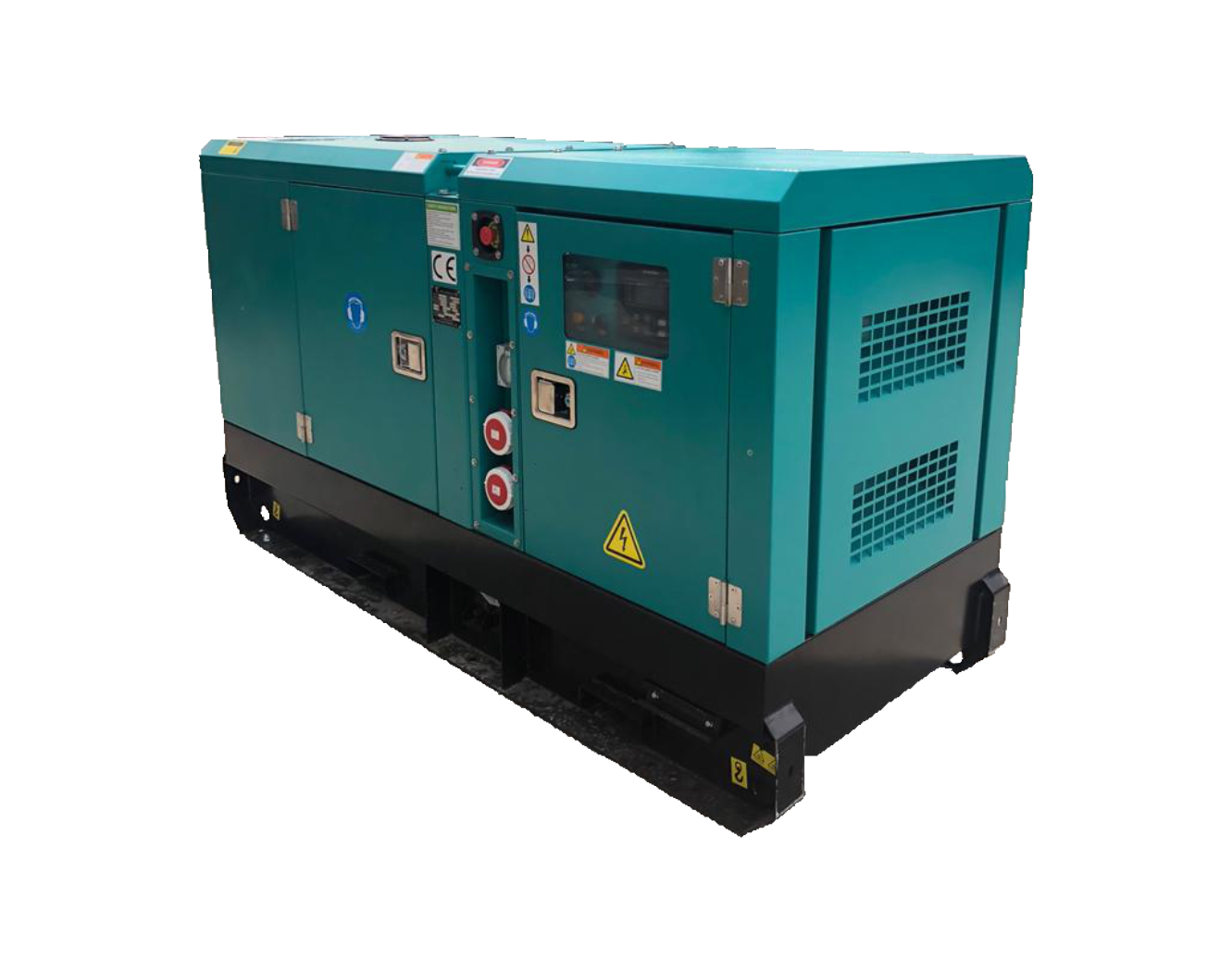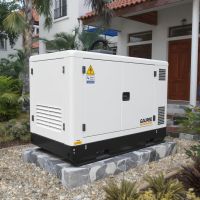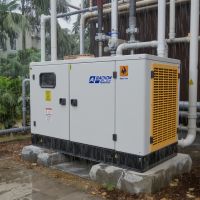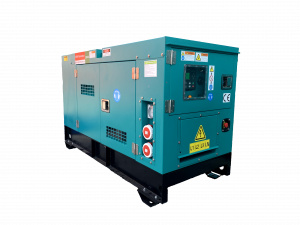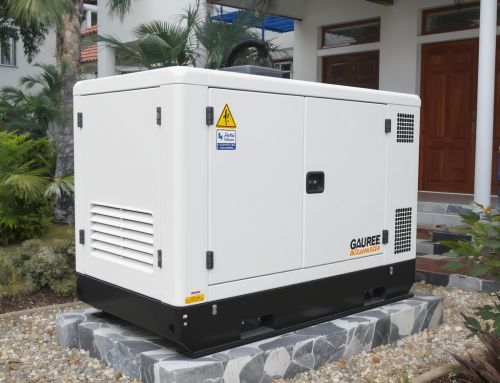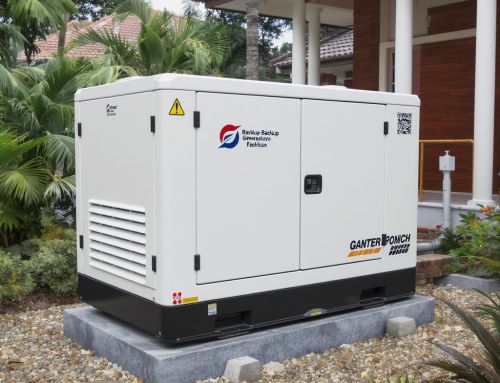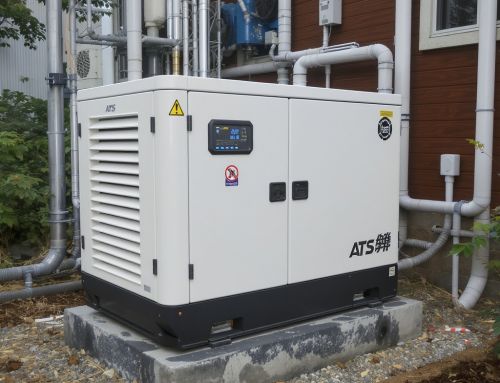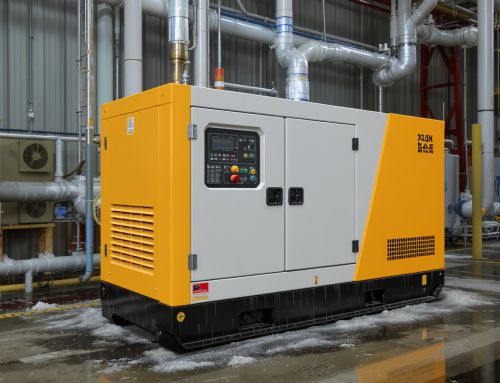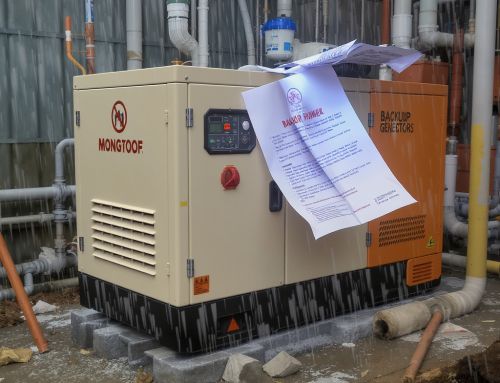Monsoon-Proofing Mixed-Use Properties in Malaysia: Why a Low-Noise Standby Generator Protects Homes and Light Factories
Malaysia’s monsoon and rising heat waves are putting real pressure on the grid. For homeowners living beside or above light workshops, and for factory owners operating in residential-adjacent zones, a properly sized standby generator isn’t just a convenience—it’s risk control, uptime assurance, and peace of mind wrapped into one investment.
When the power drops, you don’t just lose lights and air-conditioning. Homes face food spoilage, security system downtime, and work-from-home disruption. Small factories face halted production, scrap risk, idle labor, and missed delivery penalties. A low-noise, emissions-compliant generator with an Automatic Transfer Switch (ATS) bridges that gap within seconds, protecting both lifestyles and livelihoods.
Key reasons mixed-use sites choose standby power
– Safety and continuity: Keep essentials on—lighting, refrigeration, water pumps, and security—while maintaining critical machinery uptime in the workshop.
– Noise and neighbor relations: Acoustic enclosures and proper exhaust management support comfortable living and considerate operations.
– Compliance and insurability: Professional installations with clear labeling and safe clearances can support insurance and audit requirements for factories, while keeping residential areas protected.
Right-sizing for homes and light factories
Every site is different, but here’s a practical starting point:
– Homes: Prioritize essential circuits (refrigerator, lights, sockets for internet, a few air-conditioning units). Many Malaysian homes fall in the 10–30 kVA range. Explore a reliable option like the 30kVA MGM Generator if your load summary aligns.
– Light factories: Consider motor starting currents, compressors, CNCs, and small ovens. Many sites land in the 30–100 kVA range. A versatile mid-range choice is the 60kVA MGM Generator for balanced performance and footprint.
Monsoon resilience and ROI, explained
Outages during heavy rain and localized flooding can spike downtime costs. A simple ROI lens helps:
1) Estimate outage frequency and duration per year.
2) For homes: value cold-chain losses, work-from-home disruption, and comfort/safety. For factories: add lost production margin per hour, overtime to catch up, and potential penalties.
3) Compare the annual loss to generator ownership costs (finance/lease, fuel during outages, and scheduled maintenance). Many mixed-use owners find the payback falls within 1–3 monsoon seasons, especially when downtime penalties are high.
Placement, noise, and emissions in residential-adjacent factories
– Placement: Use a flat, well-drained plinth with safe clearances for service access. Avoid exhaust pointing toward bedrooms or neighbor windows.
– Noise control: Choose acoustic enclosures and consider additional barriers if your site has reflective walls.
– Clean cabling and ATS: Clear labeling and tidy containment cut troubleshooting time and support safe operations.
– Ventilation and fuel: Ensure compliant exhaust routing and adequate airflow; maintain clean fuel and regular filter changes.
Buying and lifecycle tips
– Specify an ATS for automatic changeover during unplanned outages.
– Plan for periodic load testing to validate performance.
– Keep an updated single-line diagram and maintenance log to streamline audits and insurance reviews.
– Consider footprint and access in mixed-use lots—compact enclosures can deliver big uptime without compromising living space.
Ready to protect your home and factory with one solution?
We help Malaysian homeowners and factory operators choose the right generator, install with care, and service for long life. Talk to us for a tailored load assessment and placement plan that respects both residential comfort and industrial uptime. Reach us at genset@genset.com.my or call +60129689816. Prefer to start online? Send us your site details via our contact page.



